Hofu Tenmangu is an impressive shrine that sits atop a hill in Hofu, Yamaguchi. It was the first in Japan to be dedicated to Tenjin, the god of learning. Tenjin is the deified form of Sugawara no Michizane, a poet and scholar of Chinese literature from the Heian Period.
Michizane was also involved in politics, serving as governor of Sanuki Province (modern Kagawa prefecture). After his tenure, he returned to the court in Kyoto and quickly rose up the ranks. He was appointed as the emperor’s right hand man, or udaijin, but was later framed for treason by the Fujiwara clan. As punishment, he was stripped of his rank and banished to Dazaifu, a city in Kyushu.
On his way to Dazaifu, Michizane stopped by Hofu, the then-capital of the Suo province (now part of Yamaguchi prefecture). He waited there, in vain, for the charges against him to be dropped. Sadly, he died in Dazaifu two years later.
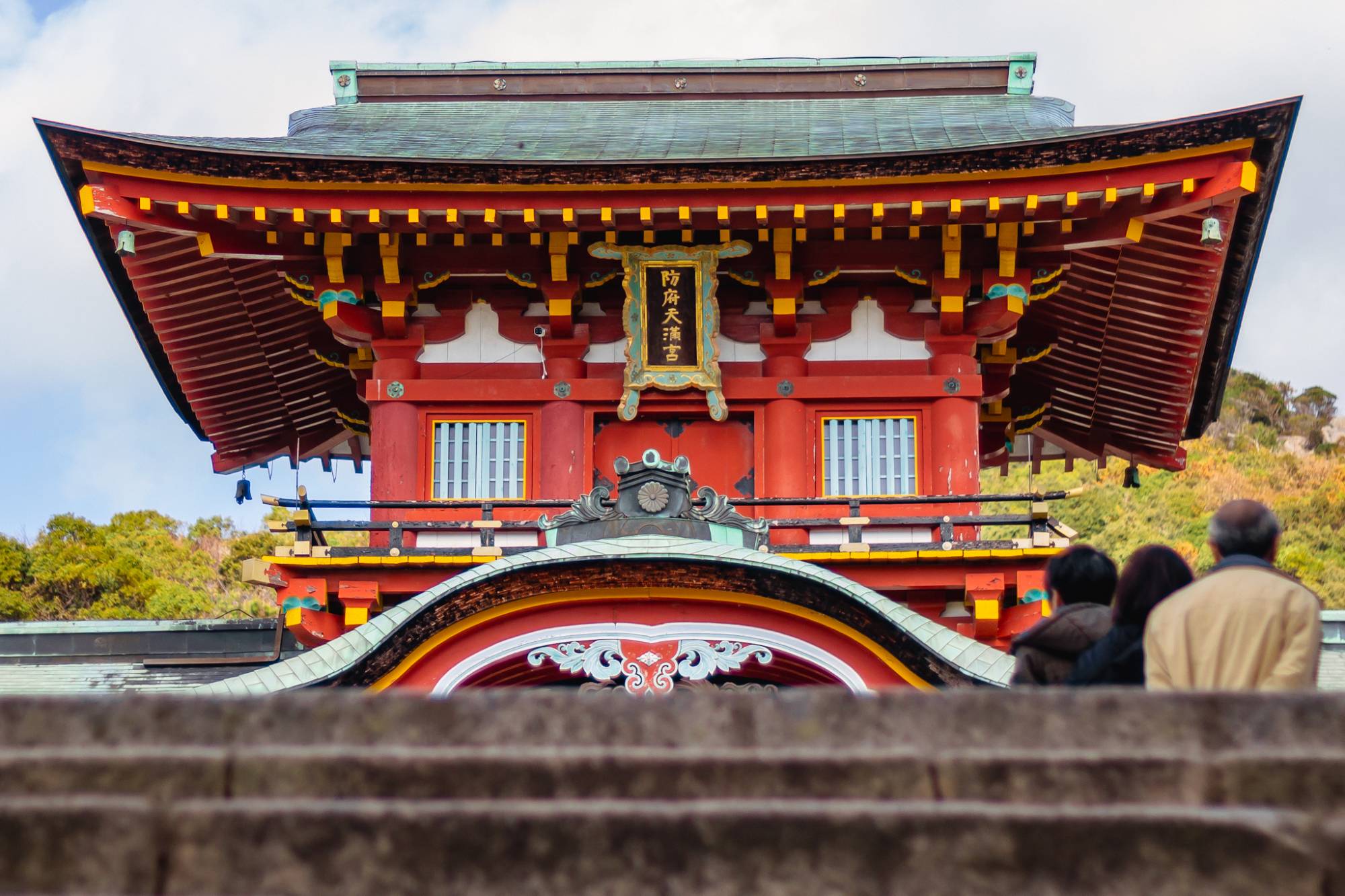

On the day of Michizane’s death, supernatural phenomenon occurred in Hofu. A mysterious light shone into the sea and a strange cloud settled on a hill overlooking the city. It was believed that Michizane’s spirit had returned to his last stop before death.
Shortly after, a series of disastrous events took place in Japan, including a lightning storm that struck the imperial palace. These events were attributed to Michizane’s vengeful spirit, who was now believed to have become a powerful god. In order to placate him, he was reinstated to his rank posthumously and later deified as Tenjin.
A year later, Hofu Tenmangu was built on the same hill as where the strange cloud was seen in Hofu, becoming the first shrine in the country to enshrine Tenjin. Today, it’s one of Hofu’s main attractions, along with the Mohri Residence and Garden.

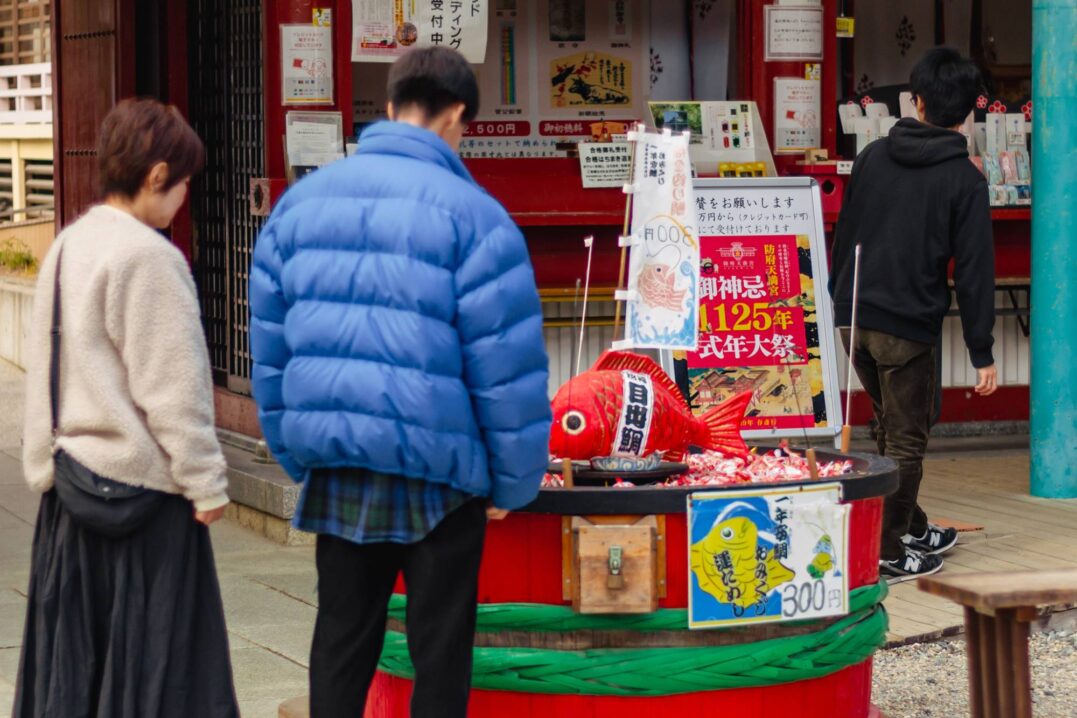
Hofu Tenmangu Shrine sits atop a flight of 57 stone stairs. The number of stairs represents the age that Michizane was when he reached Hofu on the way to Kyushu. The shrine is guarded by a giant 6-m (19.6-ft) gate, the oldest stone torii in Yamaguchi prefecture.
Hofu Tenmangu draws people who are facing tests or seeking academic success. Many students, for example, will visit the shrine in spring to pray and get amulets before school entrance examinations. Since Michizane fathered more than 10 kids in his lifetime, the shrine also attracts those wishing for success in matchmaking.
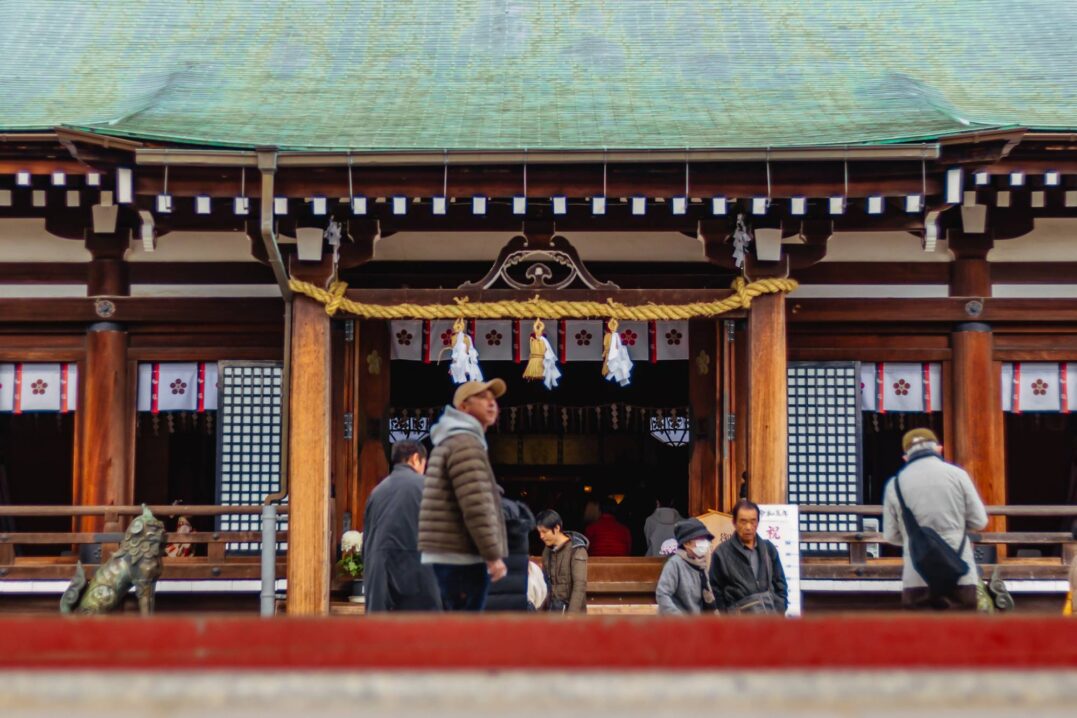
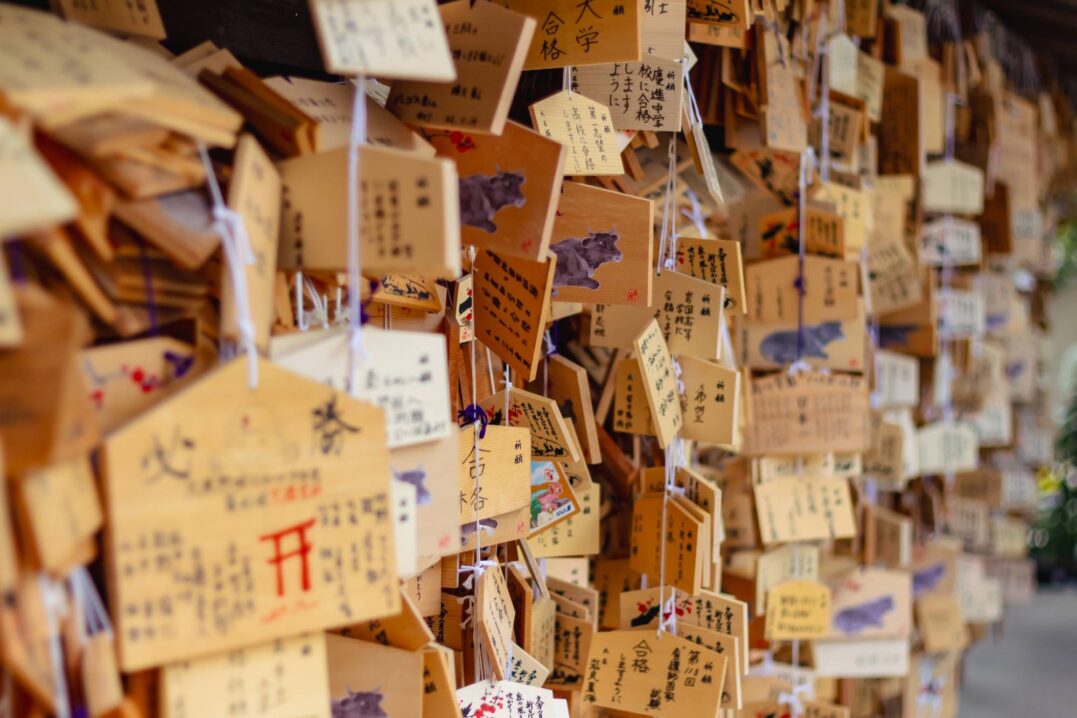

At the entrance to the shrine there is a large “Dream Cow” statue. It’s believed to grant wishes to those who pet it. In Shintoism, each god has their own designated animal messenger, and for Tenjin, that animal is the ox. It’s said that during Michizane’s funeral, the ox pulling the cart that was carrying his body to the burial ground sat down and refused to move. It was interpreted as Michizane wishing to be buried at that exact spot. The seated ox has been a symbol of Tenjin ever since.
From the Shunpuro building, which sits west of the main shrine, you can enjoy sweeping views of Hofu city. The building itself has some pretty cool details, too, including intricate wooden carvings and paintings on the ceiling.
Since it’s now late fall, there were also lots of chrysanthemums, or kiku no hana, decorating the grounds. The flower is a symbol of the season and is used as an offering. It’s also Japan’s imperial seal, so you’ll see it on many souvenirs, national passports, and the 50 yen coin.
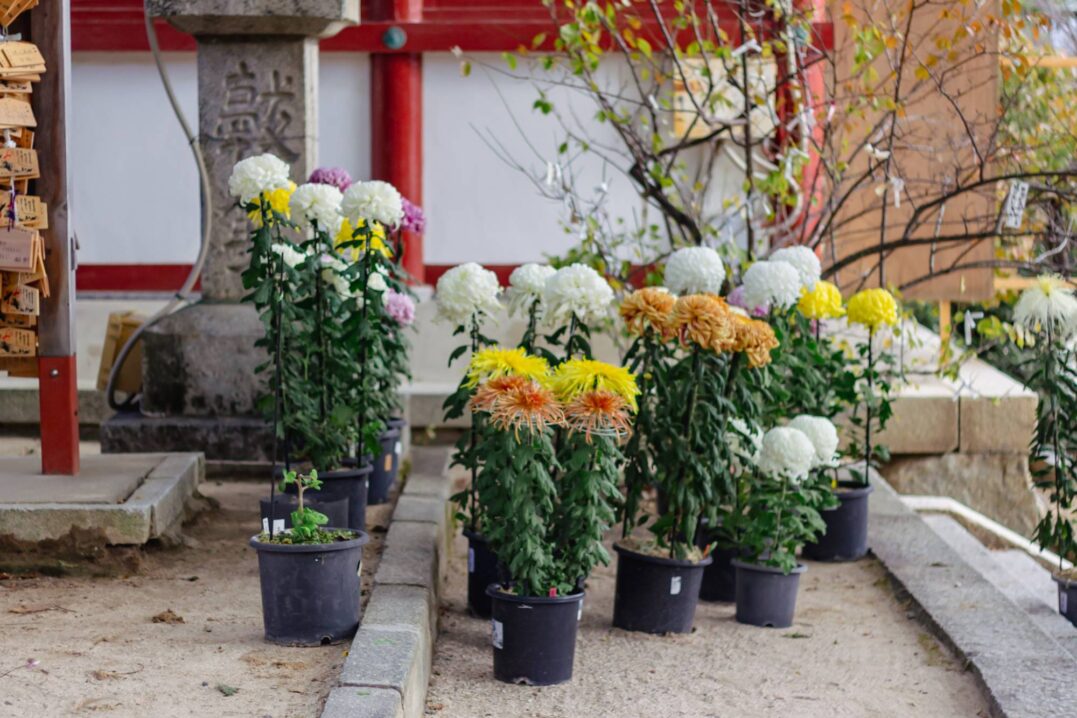



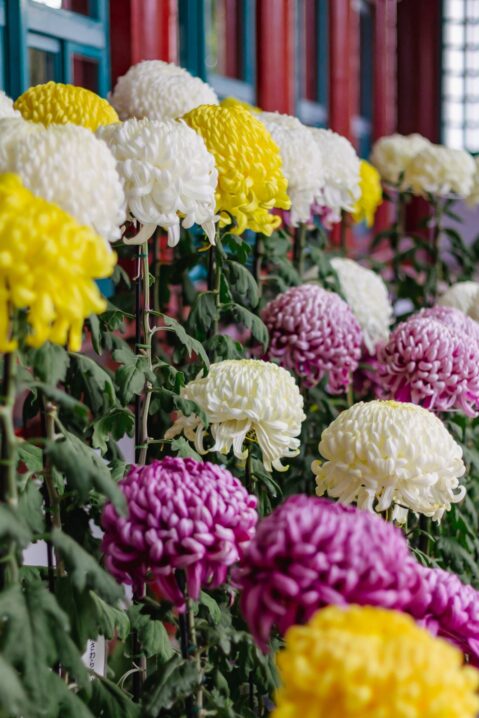

Visit Hofu Tenmangu Shrine
Hofu Tenmangu Shrine is about a 15 minute walk from JR Hofu Station on the Sanyo Main Line. It’s also accessible by bus. From the station’s Tenjin Exit, take the bus bound for Amidaji Temple (阿弥陀寺) and get off at Hofu Tenmangu Shrine (防府天満宮). The shrine is just a 3-minute walk away.
Hours: 6:00~20:00 daily
Admission: Free

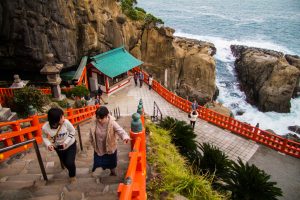
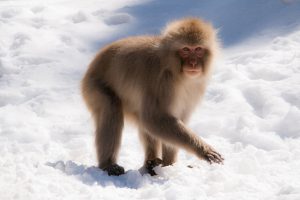

1 Comment
Join the discussion and tell us your opinion.
As always very informative. Photos are lovely.